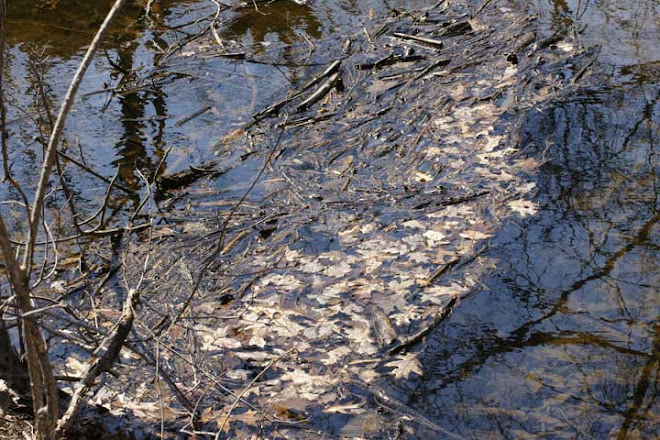I was asked recently "What is the sound of life?" I noticed that the questioner did not say "human life."
One truth is that we live surrounded by countless non-human presences and the sounds of their beingness.
(please read The Spell of the Sensuous by David Abram.)
I've often wondered if bees can hear the sound of their own buzzing–the constant thrum and disturbance that accompanies their activity. It makes me wonder if we have our own buzzing noise imprint that accompanies our going and our doing in the same way–a disruption of the sonic world we might be too engaged in pollen-seeking to notice, to perceive. At least, there are the vast buzzing sounds of the technology we've extended ourselves into. But below that there are the patterns of energy in space that we make with our activities (doing email, rushing to appointments, driving). The flashes of electrical energy in our brains are also similar energy-traces, of course, and by acting on them and perceiving, we both create and are affected by their shapes and vibrations in the world. We make patterns of energy in space just by being–and of course, that is exactly what sounds are: patterns of energy in space.
If we can still ourselves, stop croaking our names like Emily Dickenson's famous frogs, and quiet our external buzzing, we can begin to attend to the many other kinds of non-human being-energy around us: the foxes in the woods over there, the deer and hawks and the milkweed–they all have their pattern of energy in space. Even each place along the earth has its own rate of vibration, resonance, and being-texture.
If we can still ourselves, and quiet our pollen-gathering buzz, we can become attuned to the sound of life and being of the natural world in our own place, that which we are part of. And one of the oldest human activities is to fill ourselves with the wonder of that experience, then open our mouths and hearts and bravely sing our own song.
Subscribe to:
Post Comments (Atom)




No comments:
Post a Comment